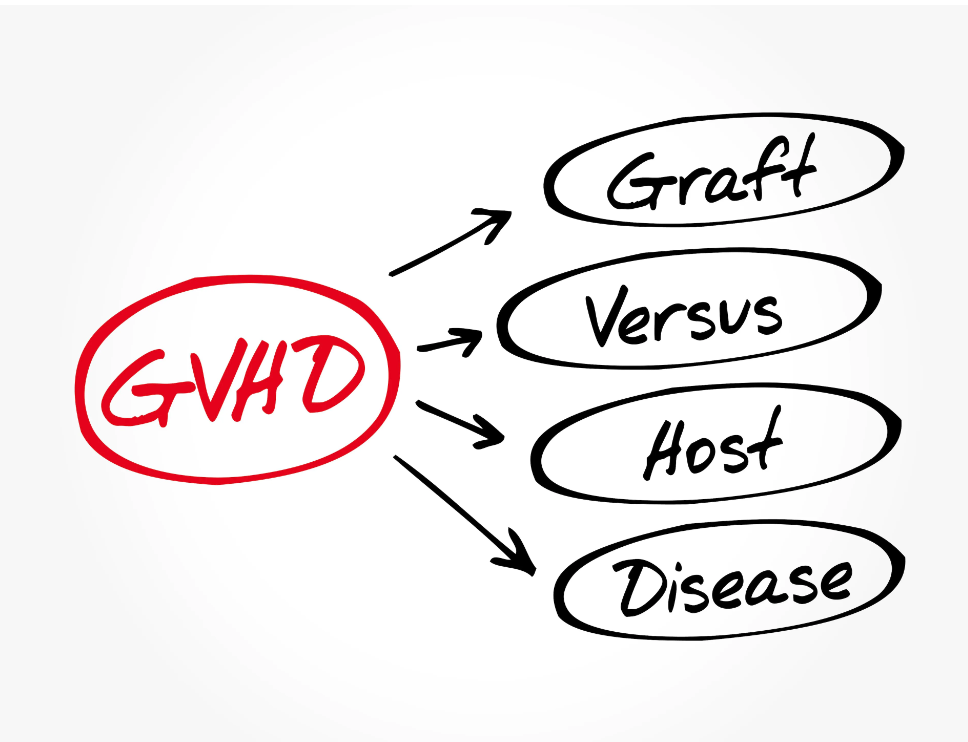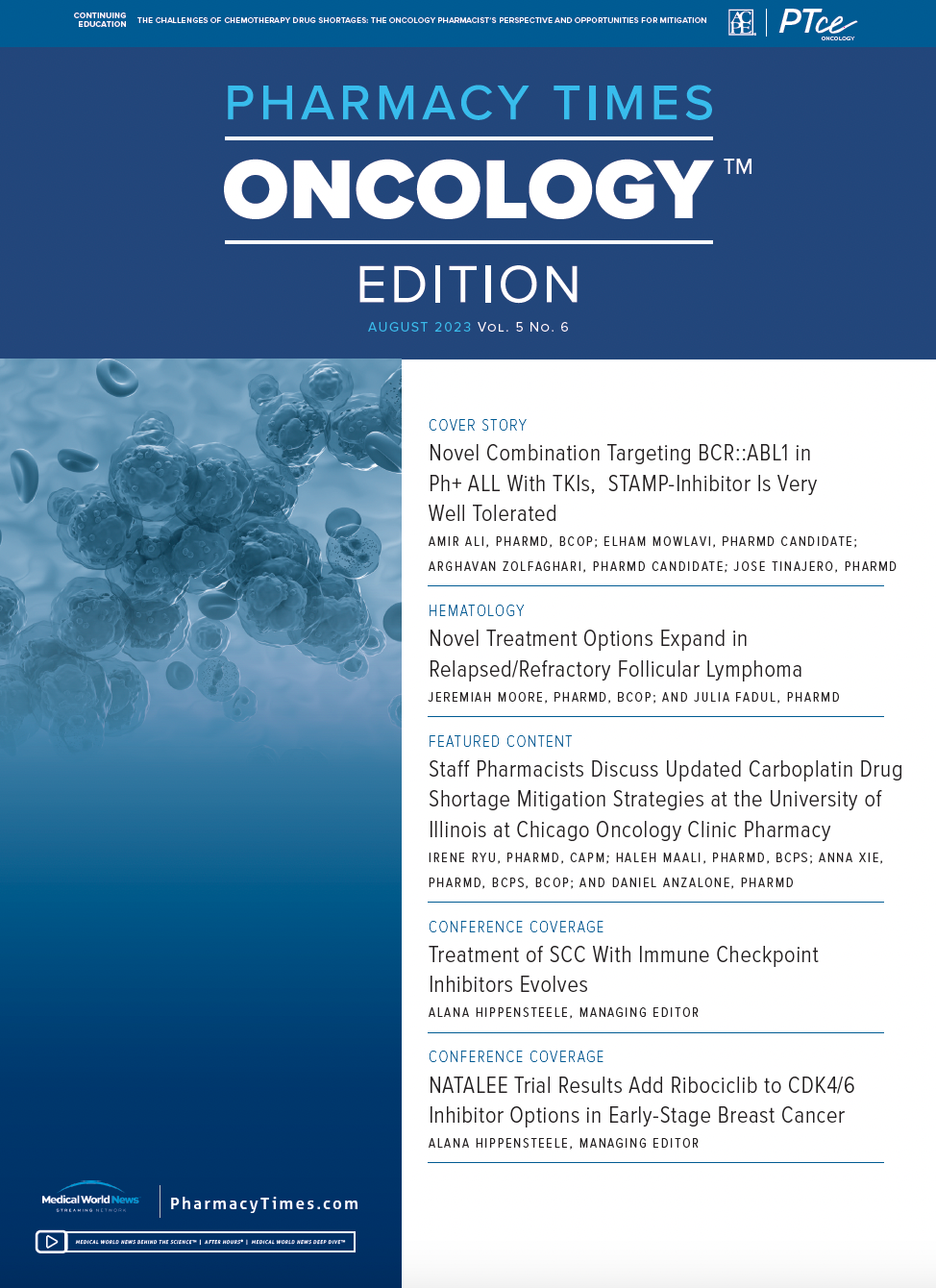Publication
Article
Pharmacy Practice in Focus: Oncology
With High Medication Burden of GVHD, Pharmacists Play a Critical Role in Supporting Education, Medication Adherence
Author(s):
Pharmacists can improve both quality of life and financial toxicity for patients.
Although hematopoietic stem cell transplantation (HSCT) provides benefit for patients who have received blood transfusions, it can also increase their risk for infections. According to the CDC, stem cell transplantation both destroys and rebuilds an individual’s immune system, which can cause it to weaken.1 Chronic graft-vs-host disease (GVHD) is a potential resulting infection that is also the leading cause of late morbidity and mortality following allogeneic HSCT.2 Although there have been advancements in GVHD treatment, a better understanding of the disease is still needed.
Image credit: dizain - stock.adobe.com.

In a Pharmacy Times clinical forum, a panel discussed the integration of pharmacists into treatment of care for patients with chronic GVHD, which has been shown to improve the quality of life for patients and decrease the financial and medication burdens of the disease. During the panel, attendees explained how chronic GVHD can impact patients, especially with the number of medications patients must take. “It’s certainly very difficult to have that medication burden,” Daniel Przybylski, PharmD, BCOP, a hematology/oncology clinical pharmacist at Northwestern Medicine in Chicago, Illinois, said in the forum. “It’s like they’re taking medications all day.”
Przybylski added that pharmacists are in a unique position to help relieve that medication burden for patients. He added that pharmacists can also view the patient’s medication profile and get rid of medications that help relieve financial toxicity, which can support medication adherence and improve quality of life.
Krystal Preston, PharmD, BCPS, a senior clinical oncology pharmacist at CVS Health and a clinical pharmacist at the University of Chicago Medicine, added that patients who take numerous medications might not know the purpose of each one, so the pharmacist is there to educate them on the importance of the medication regimen for chronic GVHD.
“They’re not going [to get that information] from the [physician]; they’re going to get that information from us. We have to come up with creative ways to make sure it’s ingrained that [adherence to their medication] is important,” Preston said.
Additionally, Kaily Kurzweil, PharmD, BCOP, a clinical pharmacist, bone marrow transplant and cellular therapy at Northwestern Memorial Hospital, explained that physicians may also continue to add medications to treat various symptoms of GVHD. However, these medications do not always effectively address those symptoms. According to Kurzweil, sometimes there just isn’t a great answer for managing some of the more severe GVHD symptoms. Further, Kurzweil noted that other quality-of-life burdens for patients with GVHD include excessive medical appointments for patients to schedule and attend.
“We do a lot of referrals for our [patients with] GVHD. If they have vaginal GVHD, we refer them to [obstetrics and gynecology]. If they have ocular GVHD, we refer them to our optometrist. So they are not only seeing us, [but] they’re also having commitments to additional specialists,” Kurzweil said.
Preston explained that at one of her previous positions, the facility would arrange car services for patients to relieve some of the transportation burden that the high number of medical appointments may cause.
Further, Preston noted the role of pharmacists in the education of physicians and other health care professionals is critical. Connor Roth, PharmD, BCOP, a hematology/oncology pharmacy specialist at Franciscan Alliance, Inc explained that sometimes GVHD can present vague or obscure symptoms that not all health care professionals may recognize, so education on GVHD symptoms can be necessary to improve diagnostics.
“I wish we had a better advocate for resources [to train other health care professionals on GVHD symptoms],” Kurzweil said. “ Education is really important for other providers who are seeing these symptoms first as the patients are coming in.”
References
- Stem cell transplant patients and fungal infections. Fungal diseases. Centers for Disease Control and Prevention. Updated May 28, 2020. Accessed July 12, 2023. https://www.cdc.gov/fungal/infections/stem-cell.html
- Hamilton BK. Updates in chronic graft-versus-host disease. Hematology Am Soc Hematol Educ Program. 2021;2021(1):648-654. doi:10.1182/hematology.2021000301







